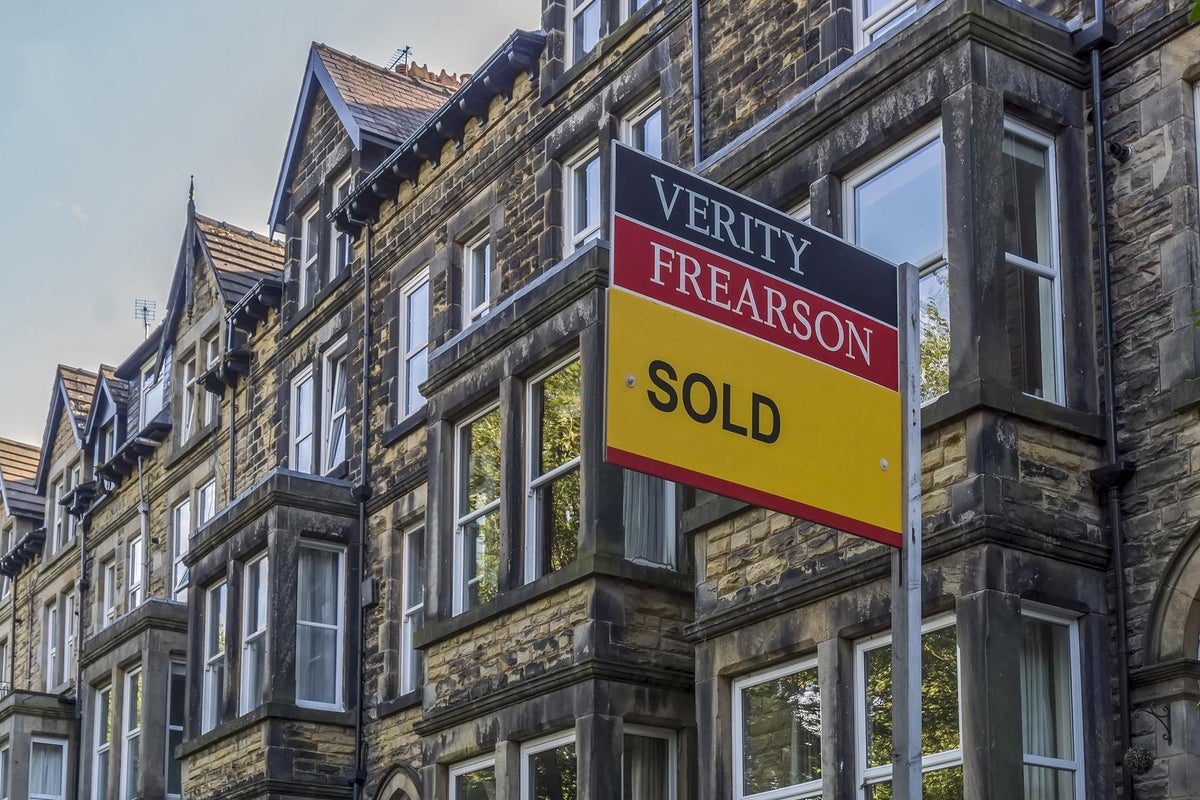
Chancellor Kwasi Kwarteng has introduced a cut in stamp duty as part of his “mini-budget”.
Mr Kwarteng delivered an emergency statement to the Commons on Friday, laying out the new Liz Truss administration’s tax-slashing agenda, which it regards as the key to righting the UK economy, returning it to growth and taming inflation.
In her first days in Downing Street, Ms Truss moved to address the runaway cost of living crisis by freezing Ofgem’s energy price cap at £2,500 per year for two years, without which the average price utility companies could charge their customers on a standard tariff would have rocketed by 80 per cent from £1,971 to £3,549 as of 1 October.
Mr Kwarteng told the Commons that the bailout would cost the government £60bn in its first six months.
His other headline announcements included an end to the cap on bankers’ bonuses, a move to cut corporation tax and the reversal of the hike in workers’ National Insurance contributions, which had been approved by his predecessor at the Treasury, Rishi Sunak, earlier this year.
Another was the introduction of a new stamp duty cut.
This is the tax homebuyers pay when they acquire a property, the amount due depending on the value of the building in question, a duty that has been frequently criticised as regressive because it targets buyers rather than sellers.
Following Mr Kwarteng’s announcement, nothing will be owed on the first £250,000, up from the previous £125,000 (or £425,000 for first-time buyers, up from £300,000) by homeowners in England and Northern Ireland.
The chancellor said this would mean saving 200,000 people from owing stamp duty and added: “We're going to increase the value of the property on which first-time buyers can claim relief, from £500,000 to £625,000.”
Assuming the previous state of play remains above the £250,000 threshold, the following rates will continue to apply:
- £250,001 - £925,000 = 5 per cent
- £925,001 - £1,500,000 = 10 per cent
- £1,500,001+ = 12 per cent
In Scotland, as it stands, nothing is owed on the first £145,000 (or £175,000 for first-time buyers) as part of the equivalent land and buildings transaction tax, after which the following rates apply:
- £145,001 - £250,000 = 2 per cent
- £250,001 - £325,000 = 5 per cent
- £325,001 - £750,000 = 10 per cent
- £750,001+ = 12 per cent
And in Wales, nothing is owed on the first £180,000 under the land transaction tax, after which the following comes into play:
- £180,001 - £250,000 = 3.5 per cent
- £250,001 - £400,000 = 5 per cent
- £400,001 - £750,000 = 7.5 per cent
- £750,001 - £1.5m = 10 per cent
- £1,500,000 + = 12 per cent
Scottish and Welsh landlords pay an additional 4 per cent tax on top of those standard rates, incidentally.
To find out how much stamp duty is owed on a specific property, the government has made a handy calculator available to help individuals work out their precise commitment in accordance with their specific circumstances.
English and Northern Irish property owners are given 14 days to pay their dues, while those in Scotland and Wales have 30 days.
According to HM Revenue and Customs’ own figures, stamp duty is worth around £14bn to the Treasury every year, accounting for around 2 per cent of the total tax collected.
A stamp duty cut was last introduced by Mr Sunak during the coronavirus pandemic in 2020, meaning that no tax was collected on the first £250,000 of a property’s value – the same level just reintroduced by Mr Kwarteng. It was a bid by the then-chancellor to help keep the housing market alive during lockdown, when the global economy had to all intents and purposes ground to a halt.
It was extended several times and ran in England until 30 September 2021 and was credited with stimulating the market, particularly in London and south eastern England, if only by creating a temporary window of opportunity that left consumers feeling compelled to take advantage.
So far in 2022, average house prices in the UK rose by 15.5 per cent in the year to July, according to Office for National Statistics data, the highest annual inflation rate since May 2003.
Mr Kwarteng’s introduction of the new stamp duty cut attracted bitter criticism before it had even been officially announced, with Lewis Shaw of Shaw Financial Services telling The Guardian it amounted to “bovine short-termism at its worst”.
“This move will push house prices even higher, worsening inflation and further pricing first-time buyers out of homeownership,” he said.
“If someone asked me how to drive an already overheated property market into dangerous bubble territory and make things worse for everyone, this policy would be it.”







